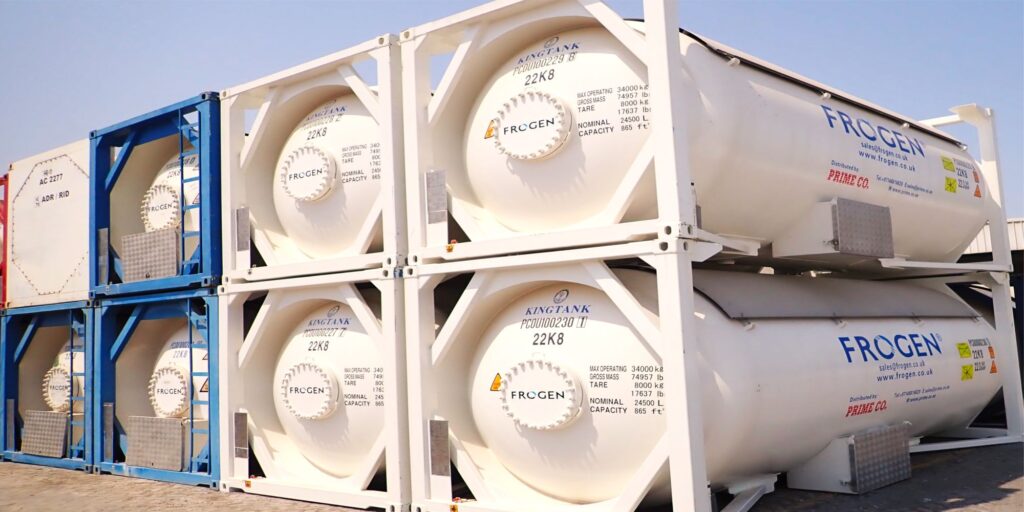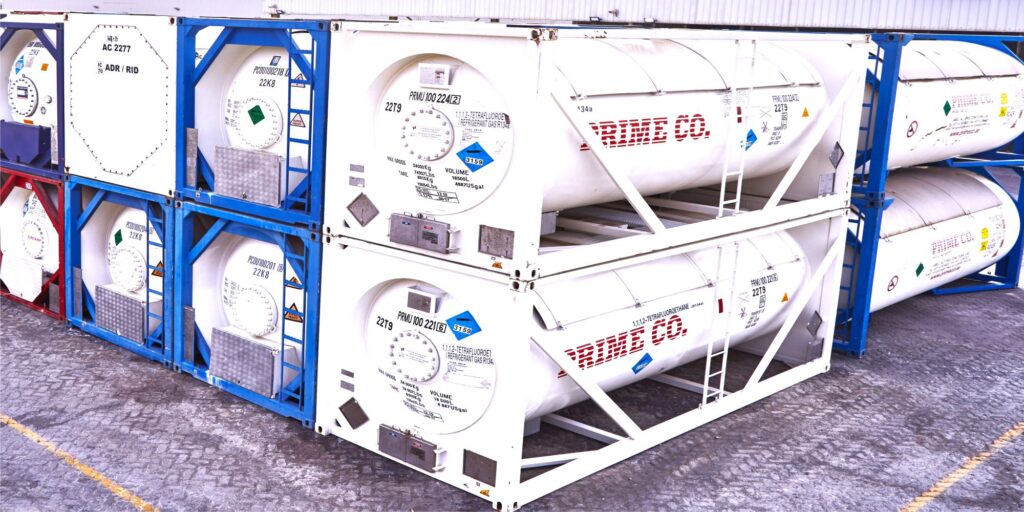
ISO Tank
ISO Tanks in the Liquid and Gas Industry: A Revolution in Transportation
Introduction
In the dynamic landscape of the liquid and gas industry, the transportation of bulk liquids and gases demands efficiency, safety, and reliability. ISO tanks, short for Intermodal Tank Containers, have emerged as a transformative solution for the seamless and secure movement of liquids and gases across the globe. This article delves into the critical role ISO tanks play in the liquid and gas industry, exploring their features, applications, and the impact they have on the efficiency of the supply chain.
Key Features of ISO Tanks in the Liquid and Gas Industry
Pressure and Temperature Control: ISO tanks designed for the transportation of gases are equipped with advanced pressure and temperature control systems. These features are crucial for ensuring that gases are transported within the specified pressure and temperature ranges, maintaining their stability and integrity throughout the journey.
Material Compatibility: The construction of ISO tanks for the liquid and gas industry involves materials specifically chosen for their compatibility with a wide range of substances. Stainless steel is commonly used, providing corrosion resistance and ensuring the containment of even the most corrosive or reactive liquids and gases.


Safety Standards: Safety is paramount in the transportation of hazardous materials. ISO tanks adhere to stringent safety standards, including those set by the International Organization for Standardization (ISO) and regulatory bodies like the International Maritime Organization (IMO). These standards encompass features such as emergency pressure relief systems and leak detection mechanisms.
Intermodal Transport: ISO tanks are designed for seamless integration into various modes of transportation, including ships, trains, and trucks. This intermodal flexibility ensures that liquids and gases can be transported efficiently from production facilities to distribution points, minimizing handling and reducing the risk of contamination.
Applications in the Liquid and Gas Industry
Liquefied Petroleum Gas (LPG): ISO tanks are extensively used for transporting LPG, a vital energy source and feedstock in various industries. The tanks are equipped to handle the pressures and temperatures associated with liquefied gases, ensuring the safe and efficient delivery of LPG to consumers and industrial facilities.
Chemical Industry: ISO tanks play a crucial role in the chemical sector, transporting a diverse range of liquid chemicals. The tanks’ compatibility with various chemical substances, coupled with their standardized design, simplifies logistics and enhances the safety of chemical transportation.
Liquid Natural Gas (LNG): As the demand for cleaner energy sources grows, ISO tanks are increasingly employed in the transportation of LNG. These tanks are engineered to handle the extremely low temperatures required to keep natural gas in its liquid state, facilitating the global distribution of LNG as a sustainable energy solution.
Specialized Gases: ISO tanks are designed to transport specialized gases used in medical, industrial, and scientific applications. These gases may include oxygen, nitrogen, argon, and others, and the tanks are equipped with features to maintain the purity and stability of these gases during transit.
Conclusion
ISO tanks have become indispensable in the liquid and gas industry, providing a standardized and secure solution for the transportation of a wide range of substances. Their advanced features, including pressure and temperature control, material compatibility, and adherence to stringent safety standards, make them a preferred choice for industries dealing with hazardous and valuable materials. As the liquid and gas industry continues to evolve, the role of ISO tanks in ensuring the efficient and safe movement of these substances is set to become even more pronounced, solidifying their position as a cornerstone in the global supply chain.

